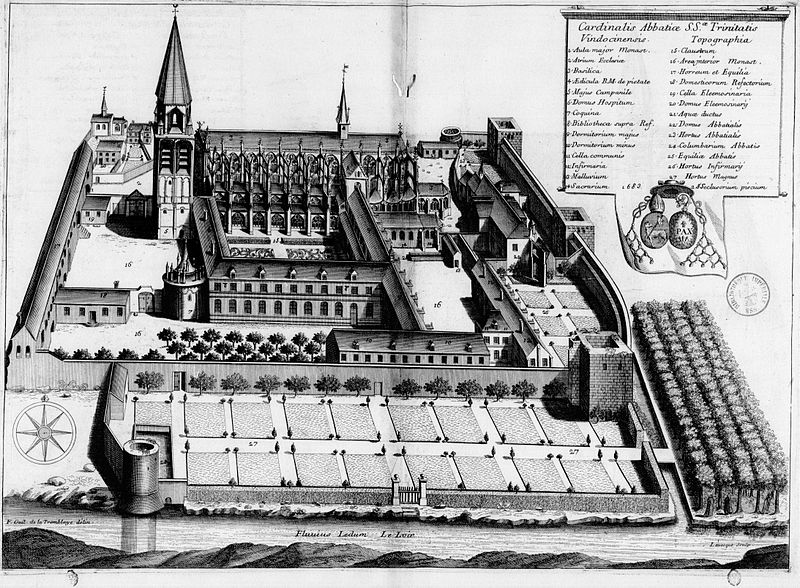The early Christians loved to see this history of our Lord’s raising Lazarus to life painted on the walls of the catacombs. We also find it carved on the sarcophagi of the fourth and fifth centuries; and later on, it was not unfrequently chosen as a subject for the painted windows of our cathedrals. This symbol of spiritual resurrection was formerly honored by a most solemn ceremony, in the great monastery of Holy Trinity, at Vendôme, in France.
Every year, on this day, a criminal who had been sentenced to death, was led to the church of the monastery. He had a rope round his neck, and held in his hand a torch weighing thirty-three pounds, in memory of the years spent on earth by Our Savior. The monks made a procession, in which the criminal joined; after which a sermon was preached, at which he also assisted. He was then taken to the foot of the altar, where the abbot, after exhorting him to repentance, imposed on him, as a penance, the pilgrimage to St Martin’s church at Tours. The abbot loosened the rope from his neck, and declared him to be free.

Louis de Bourbon (Louis I, Count of Vendôme) and his wife Blanche de Roucy. Stained glass window in Chartres Cathedral in the Chapel of Vendôme, France.
The origin of this ceremony was, that when Louis of Bourbon, Count of Vendôme, was prisoner in England, in the year 1426, he made a vow that, if God restored him to liberty, he would establish this custom in the church of Holy Trinity as a return of gratitude, and as a homage to Christ, who raised up Lazarus from the tomb. God accepted the vow, and the prince soon recovered his freedom.
The Liturgical Year, Lent. Friday Fourth Week of Lent by Abbot Guéranger, O.S.B., 1912. Pgs. 378 & 379.
Stories on Honor, Chivalry, and the World of Nobility—no. 603











